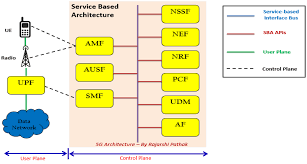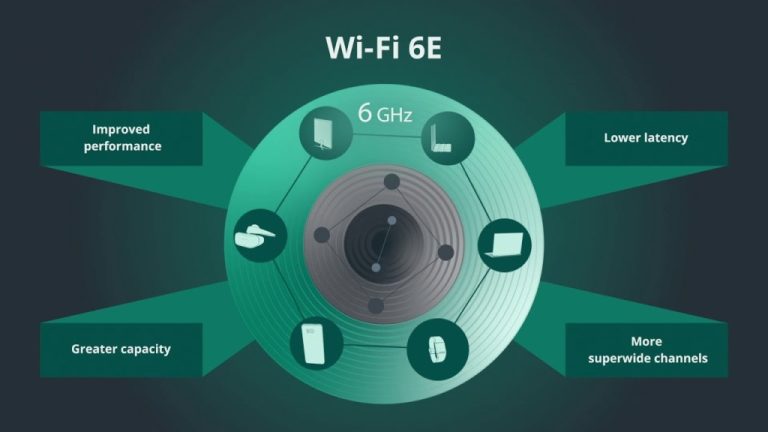Understanding 5G Identifiers: Key Elements of Network Architecture
telcomatraining.com – As 5G technology continues to evolve, its architecture becomes increasingly complex, with security, identity, and mobility management at the core. A crucial part of this structure involves 5G identifiers, which ensure the correct and secure functioning of devices within the network. These identifiers are fundamental in authenticating users, routing data, and enabling seamless connectivity across regions and services.
This article dives into the essential 5G identifiers—such as SUPI, SUCI, GUTI, and PEI—explaining their roles and how they fit into the broader 5G network architecture.
What Are 5G Identifiers?
5G identifiers are unique codes or values used to identify subscribers, devices, and sessions within a 5G network. They play a central role in network security, user authentication, mobility management, and resource allocation. These identifiers replace or evolve the concepts used in previous network generations like 3G and 4G.
Understanding how these identifiers work is key to grasping how the 5G network maintains high levels of privacy, flexibility, and performance.
1. SUPI (Subscription Permanent Identifier)
The SUPI is the unique and permanent identity of a mobile subscriber in 5G, comparable to the IMSI (International Mobile Subscriber Identity) used in earlier networks. It is stored securely in the user’s SIM card, also known as the USIM, and in the Unified Data Management (UDM) within the network.
Because the SUPI is sensitive and could be exploited if intercepted, it is not transmitted openly over the network. Instead, a new mechanism is used: the SUCI.
2. SUCI (Subscription Concealed Identifier)
To protect user privacy, 5G introduces the SUCI, a one-time-use identifier derived from the SUPI. When a user connects to a network, their device generates a SUCI using encryption, effectively masking the SUPI from potential attackers during transmission.
This feature is one of the key advancements in 5G privacy, ensuring that subscriber identities are not exposed even over unsecured radio channels.
3. GUTI (Globally Unique Temporary Identifier)
The GUTI is a temporary identifier assigned to a user after a successful registration with the network. Its purpose is to maintain the user session without revealing the SUPI or SUCI, further improving privacy.
GUTI is used especially during handovers, paging, or idle state mobility. Since it changes regularly, it limits the risk of tracking a user’s location or identity through static identifiers.
4. PEI (Permanent Equipment Identifier)
The PEI identifies the hardware itself—essentially the mobile device. It is similar to the IMEI in 4G systems. The PEI helps the network detect and block unauthorized or blacklisted devices, adding a layer of hardware-based security.
Though it doesn’t directly identify the subscriber, the PEI plays a significant role in managing device trust and network compliance.
5. GPSI (Generic Public Subscription Identifier)
The GPSI includes identifiers like email addresses or phone numbers that users can interact with directly. It links public identities to the underlying subscription and is used mainly in service layers like Voice over NR (VoNR) or messaging services.
GPSI is not transmitted over the air regularly, and it serves more as an application-level identifier within 5G service platforms.
Why Are These Identifiers Important in 5G?
With the explosive growth of connected devices—from smartphones to autonomous cars—5G identifiers help networks efficiently manage connections, enhance security, and protect user privacy. They enable core functions such as:
- Authentication and Authorization
- Session and Mobility Management
- Fraud Detection and Prevention
- User and Device Privacy
These identifiers ensure the smooth operation of the network, allowing millions of devices to connect simultaneously without interference or compromise.
Conclusion
The shift to 5G is more than just a speed upgrade—it involves a total overhaul in how devices and users interact with the network. 5G identifiers such as SUPI, SUCI, GUTI, PEI, and GPSI form the foundation of this new ecosystem. They are essential for maintaining secure, private, and seamless communication across devices and locations.
Understanding these identifiers is crucial for professionals working in telecom, cybersecurity, and digital transformation sectors, as they hold the key to unlocking the full potential of 5G technology.







